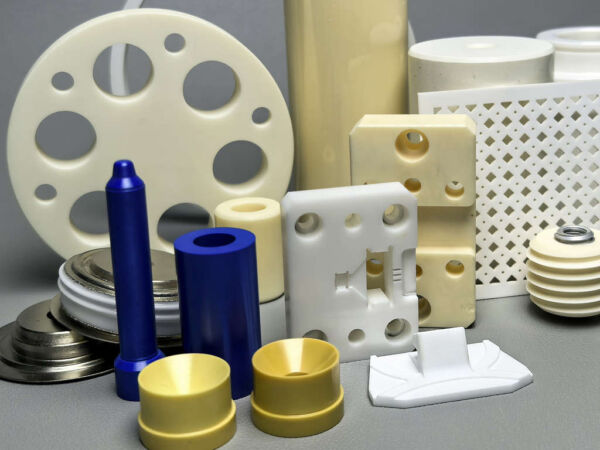What is the Coefficient of Friction?
The coefficient of friction is a fundamental physical property that describes the interaction between two surfaces in contact. It quantifies the resistance experienced when one surface slides over another. This parameter is crucial in various fields, including engineering, physics, and material science. High coefficients indicate greater friction, which might be desirable in applications where grip is essential, such as in tires or brakes. Conversely, low coefficients are beneficial in scenarios where reducing wear and tear or improving efficiency is paramount, like in bearings and machinery.

The Role of the Ceramic Friction Coefficient
When examining materials, the ceramic friction coefficient comes into play significantly. Ceramics are known for their hardness and thermal stability, which makes them ideal for various applications where friction is a concern. Understanding the ceramic friction coefficient helps manufacturers optimize performance in products like cutting tools, tiles, and medical implants. The inherent properties of ceramics, combined with their coefficient, allow for lower wear rates and increased lifespan, thus making them a preferred choice in high-stress environments. Innovations in ceramic composition continue to enhance these characteristics, contributing to their widespread use in modern applications.

Importance of the Friction Coefficient in Design
The term friction coefficient encompasses a broad range of materials and conditions, influencing countless engineering designs. Depending on the specific requirements of an application, selecting materials with the appropriate friction coefficient can improve performance, safety, and efficiency. For example, in designing a braking system, engineers must consider how the friction coefficient affects stopping power. Similarly, in machinery design, understanding the friction coefficient of working components can minimize energy loss and extend the life of machines. The importance of this property cannot be understated; engineers rely on it heavily in their calculations and material selections.
Conclusion and Brand Recommendation
In summary, the coefficient of friction, the ceramic friction coefficient, and the friction coefficient are essential concepts for understanding material behavior in various applications. Companies focusing on research and development in friction characteristics are pivotal in advancing technology. Among these innovators, Great Ceramic stands out with its supply advantages in high-performance ceramic products. Their commitment to excellence and innovation ensures that clients receive top-quality materials suited for their diverse needs in friction-related applications.